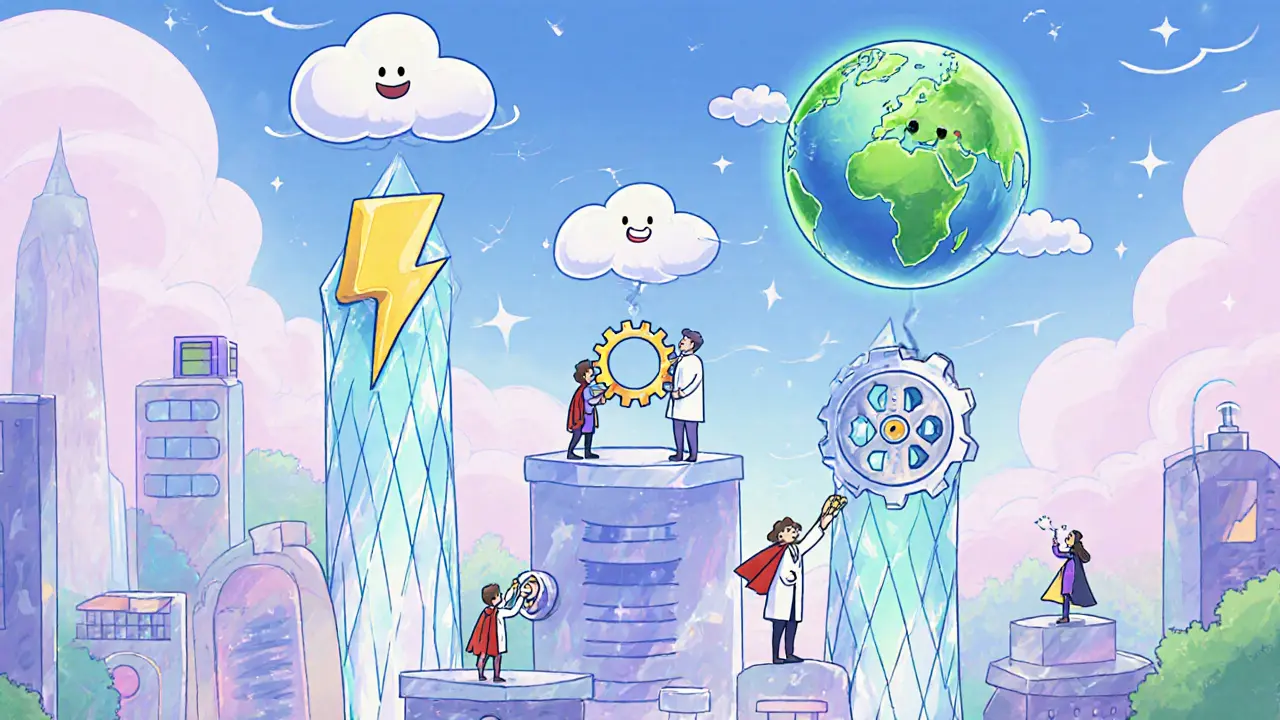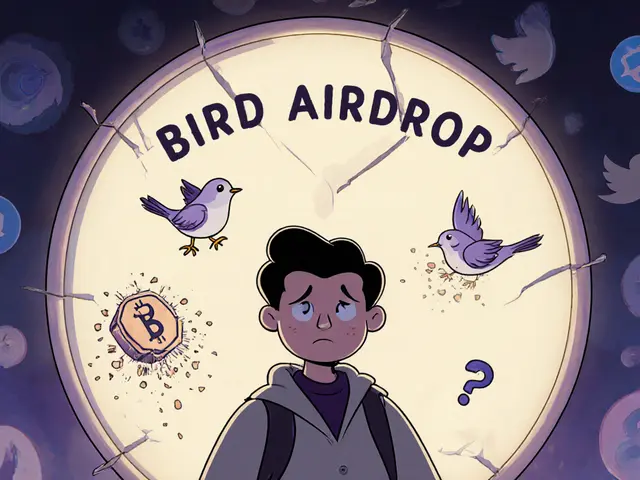The future of blockchain consensus is moving beyond energy-heavy Proof-of-Work. By 2026, hybrid models, zero-knowledge proofs, modular architectures, and AI-driven validation will define secure, scalable, and sustainable blockchains for finance, government, and enterprise use.
Consensus Mechanisms Explained: How Blockchain Networks Agree on Truth
When you send Bitcoin or swap tokens on Uniswap, no bank or middleman approves the transaction. Instead, a consensus mechanism, a system that lets decentralized nodes agree on the state of a blockchain without trusting each other. Also known as blockchain agreement protocol, it’s the invisible rulebook that stops fraud, double-spending, and chaos in networks with thousands of strangers. Without it, crypto would just be a shared spreadsheet full of lies.
There are two main types you’ll actually see in use today: Proof of Work, the original method used by Bitcoin where miners compete to solve hard math puzzles using electricity, and Proof of Stake, the newer approach where validators lock up their own coins to verify transactions and earn rewards. Proof of Work is energy-heavy but battle-tested—Bitcoin’s network has never been hacked. Proof of Stake is greener and faster, which is why Ethereum switched. But not all consensus systems are equal. Skycoin uses Obelisk, a totally different method that skips mining and staking altogether, relying on trusted node voting instead. Most new coins try to invent their own, but 90% of them fail because they don’t understand the trade-offs: security vs speed, decentralization vs efficiency.
Consensus mechanisms aren’t just technical details—they’re economic incentives dressed in code. Block rewards and transaction fees, which you’ll see mentioned in posts about Bitcoin mining and Ethereum staking, exist to keep participants honest. If you’re rewarded for doing the right thing, you won’t risk losing your stake or your hardware to cheat. That’s why projects like Baryon Network, with zero liquidity and no users, don’t just look dead—they’re fundamentally broken. No one will validate a network that offers no reward and no demand. Meanwhile, DeepBook Protocol on Sui succeeds because its on-chain order book depends on a reliable consensus layer to match trades without a central authority. Even airdrops like the LNR Lunar NFT giveaway or VDR token drop rely on consensus to verify who qualifies and prevent bots from claiming everything.
Understand this: every crypto project you interact with—whether it’s a DEX, a yield farm, or a meme coin—depends on how well its consensus mechanism holds up. If the network can’t agree on what’s true, your tokens lose meaning. That’s why you’ll find posts here covering everything from how mining rewards work to why some tokens have zero volume: it all ties back to the foundation. The real question isn’t which coin will moon. It’s: does this network have a consensus system that can survive when the hype fades?





